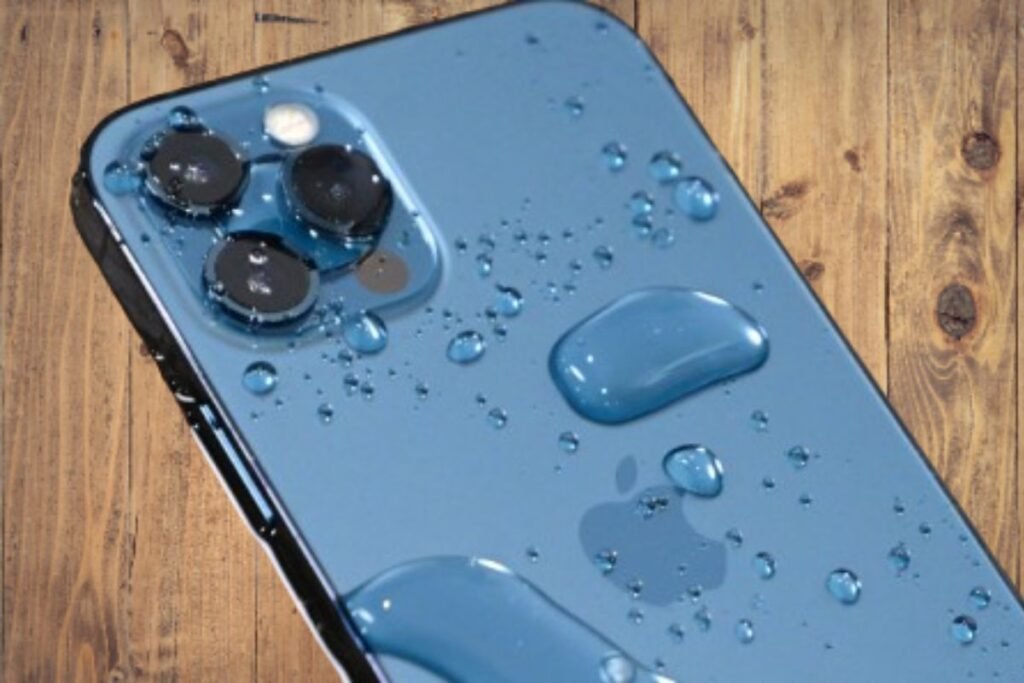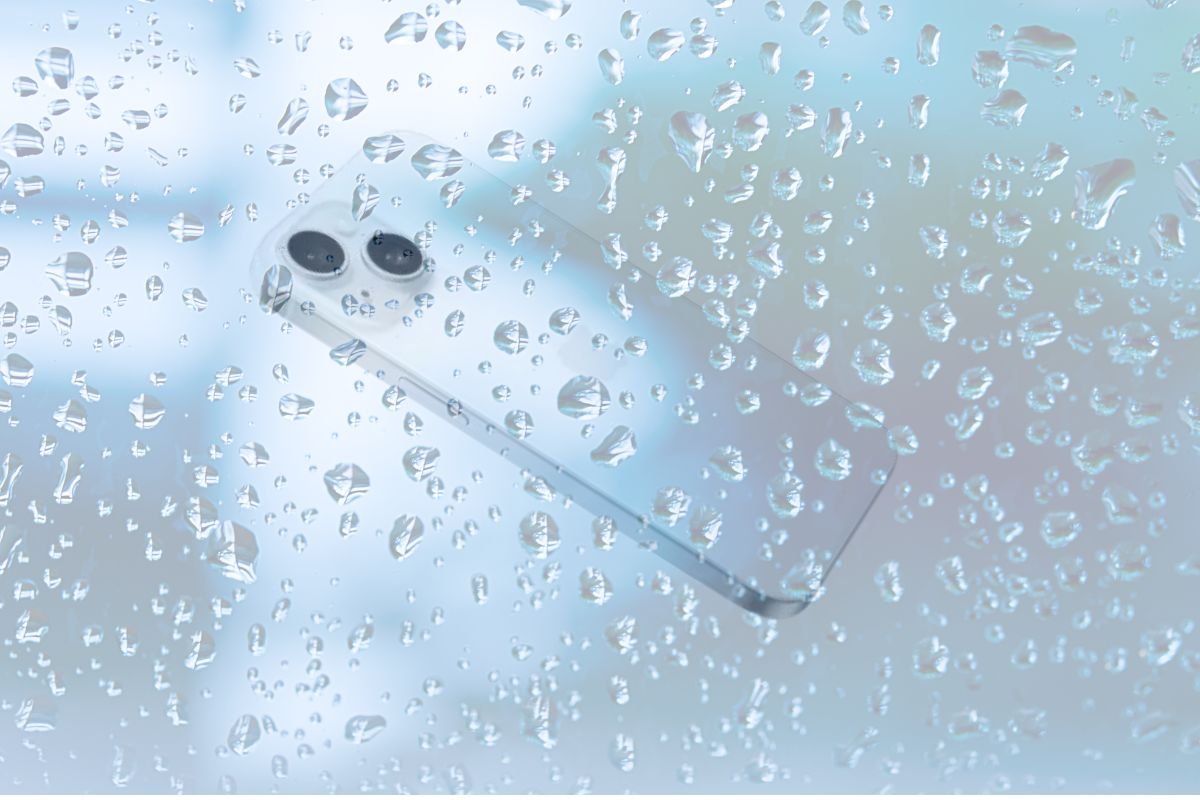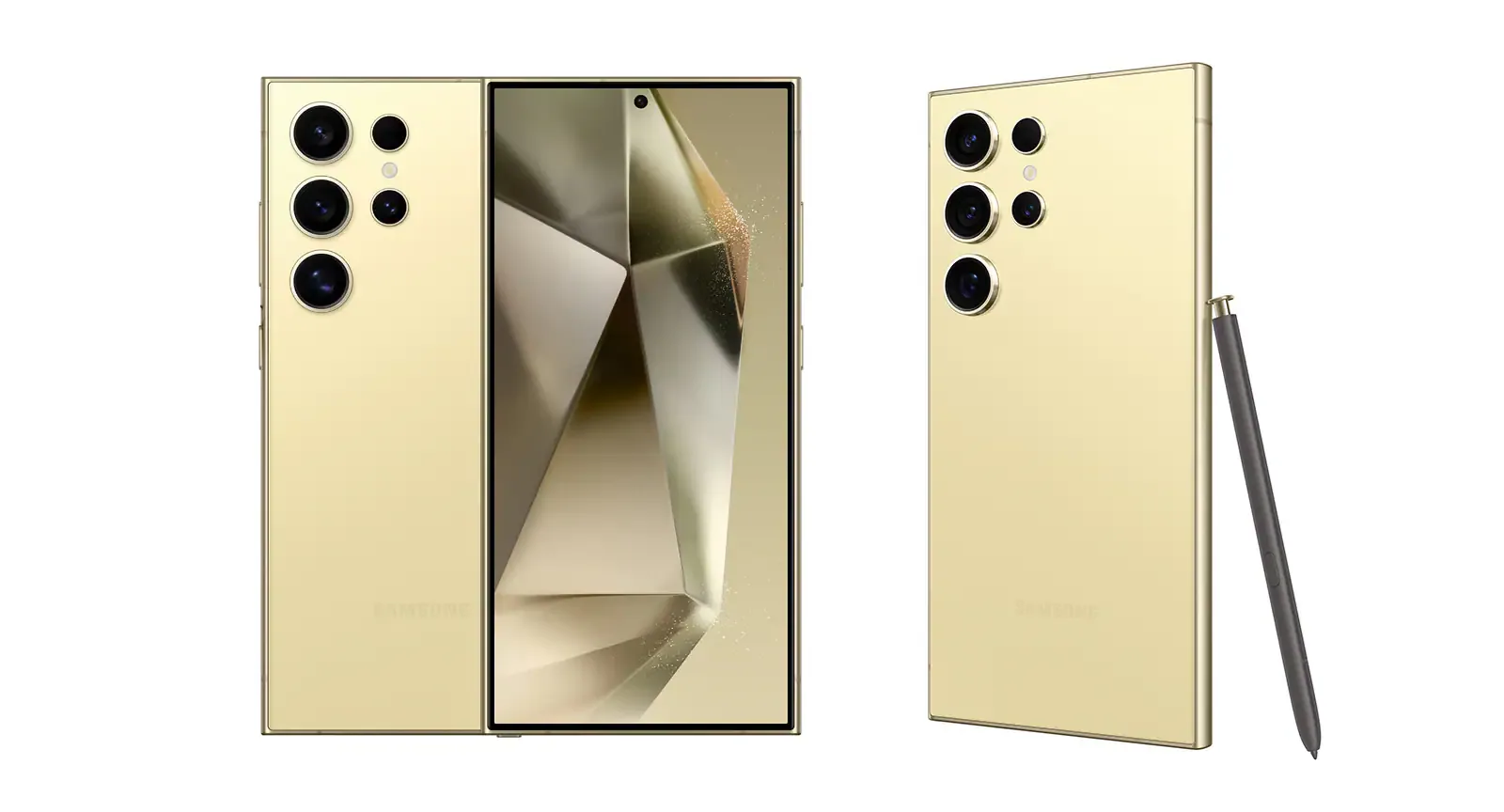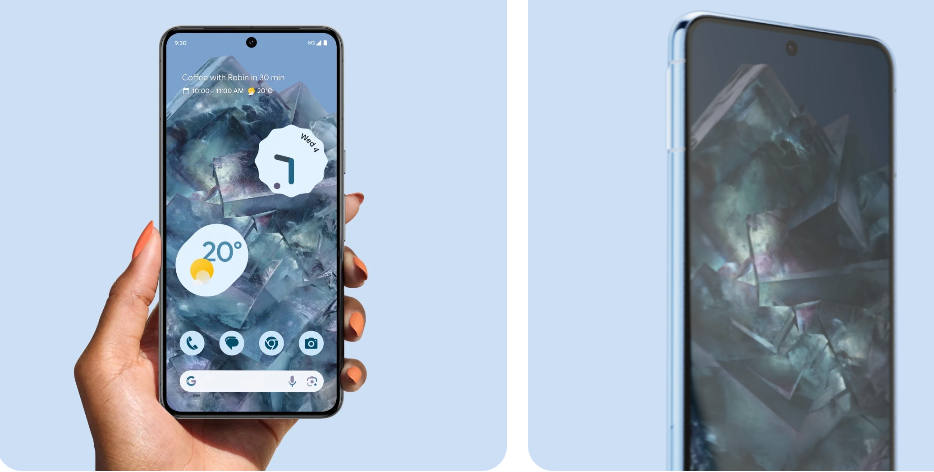How to get water out of a phone: Dropping your phone in water is one of those moments that can make your heart skip a beat, but don’t worry—there’s still hope! Whether it slipped into the pool, got splashed, or took an unexpected dip in the sink, you might be able to save your device. Here’s how to get water out of your phone and bring it back to life.
The key is to act fast and stay calm to prevent any more damage. Follow these steps to give your phone the best chance at bouncing back. We can’t promise a miracle, but with a little luck, you might avoid the need for a replacement.
Drying out your phone doesn’t have to be complicated if you carefully follow the steps below. But one important heads-up: resist the urge to check if your phone works by plugging it in before it’s completely dry. Turning it on too soon can cause short circuits and create bigger problems.
Also Read: Apple iPhone 15 Pro Max Specifications
What You’ll Need:
- SIM removal tool (if required)
- Dry, lint-free cloth
- Desiccant – ideally silica gel packs instead of rice
How to Get Water Out of Your Phone
1. Power Off Immediately The moment your phone hits water, turn it off right away if it’s still on. This is vital to avoid short circuits that can lead to serious damage. Even though you might be tempted to see if it’s still working, resist the urge—turning it on too soon can do more harm than good.
2. Remove Accessories and SIM Card Carefully take off any cases, covers, SIM cards, SD cards, and any other external attachments. The more parts you expose to air, the quicker the drying process will be.
Avoid using hairdryers, ovens, microwaves, or direct sunlight to dry your phone. These methods can generate excessive heat that could warp internal components and make matters worse.
3. Wipe It Down Gently use a dry, lint-free cloth to absorb as much moisture as possible from the phone. Pay extra attention to the areas around ports, buttons, and other openings. Be gentle and avoid shaking or moving the phone too much to prevent water from seeping deeper into the device.

4. Use a Desiccant While some swear by the rice method, silica gel packs or professional-grade desiccants are more effective at drawing out moisture. Place your phone and any removed parts into a container filled with desiccants, making sure they’re fully covered.
Leave it undisturbed for at least 24-48 hours. The longer, the better—this gives your phone the best chance to dry out thoroughly.
Also Read: Apple iPhone 14 Pro review
5. Test Your Phone After allowing sufficient time for drying, remove your phone from the desiccant, reinsert the SIM card, and power it on. Observe its performance closely—check the screen, speakers, microphone, and charging function.
If your phone powers on successfully, back up your data immediately if you haven’t already. Water damage can be unpredictable, and there’s a chance your phone might malfunction again later.
Final Thoughts
Dropping your phone in water is undoubtedly stressful, but quick and careful action can often save the day. The key to success lies in how fast you respond and how much water your phone was exposed to.
If your phone still isn’t functioning properly after following these steps, it’s time to consult a professional repair service. They can perform a more thorough inspection and may be able to fix any issues that your initial efforts couldn’t resolve.
Frequently Asked Questions (FAQs)
1. How quickly should I act after my phone gets wet?
Acting swiftly is crucial when your phone gets wet. The longer water remains inside your device, the higher the risk of permanent damage. Ideally, you should start the drying process immediately after retrieving your phone from the water. The first few minutes are vital to prevent water from seeping deeper into the internal components.
2. Is it safe to use a hairdryer to dry my wet phone?
No, using a hairdryer is not recommended. The excessive heat can warp or damage your phone’s internal components, potentially causing more harm than good. Instead, opt for a desiccant like silica gel packs, which effectively absorb moisture without the risk of overheating.
3. Can I use rice to dry out my phone?
While the rice method is popular, it’s not the most effective way to dry your phone. Silica gel packs or professional-grade desiccants are better at absorbing moisture. Rice can also leave small particles inside your phone, which might interfere with its functionality. If silica gel isn’t available, rice can be a temporary alternative, but it’s not the best option.
4. What should I do if my phone was submerged in saltwater?
Saltwater is more corrosive than freshwater and can cause additional damage to your phone. After retrieving your phone from saltwater, rinse it gently with fresh water to remove as much salt as possible. Then, follow the standard drying steps: power off, remove accessories, wipe down, and use a desiccant. However, saltwater damage is often more severe, and consulting a professional repair service might be necessary.
5. How long should I leave my phone in a desiccant to ensure it’s fully dry?
For the best results, leave your phone in a desiccant for at least 24-48 hours. The longer you can leave it, the more moisture the desiccant can absorb, increasing the chances of your phone drying out completely. Avoid the temptation to check your phone too soon, as premature use can cause short circuits.
6. Is it safe to charge my phone after it has dried out?
Only charge your phone after you’re confident it’s completely dry. Plugging in a wet phone can cause short circuits and further damage the device. After the drying period, reinsert the SIM card and accessories, then power it on to test its functionality. If it turns on and seems to work properly, you can proceed to charge it. If you’re unsure, it’s best to consult a professional.
7. What signs indicate that my phone may have suffered permanent water damage?
*Signs of permanent water damage include:
- The phone doesn’t turn on even after drying.
- The screen displays unusual colors, lines, or remains blank.
- Buttons are unresponsive or sticky.
- The battery drains quickly or doesn’t charge properly.
- Unusual sounds from the speakers or microphone. If you notice any of these issues after following the drying steps, your phone may have sustained permanent damage and might require professional repair or replacement.*
8. Should I remove the battery if my phone is removable and wet?
If your phone has a removable battery and it’s wet, you should carefully remove the battery to prevent further electrical damage. After removal, follow the standard drying steps: power off, remove accessories, wipe down, and use a desiccant. Ensure the battery is completely dry before reinserting it and turning the phone back on.
9. Can water damage be covered under phone warranties or insurance?
Most standard phone warranties do not cover water damage, as it’s considered accidental damage. However, some insurance plans or extended warranties offer coverage for water-related incidents. It’s essential to review the terms and conditions of your warranty or insurance policy to understand what is and isn’t covered. If you have coverage, contact your provider to file a claim.
10. When should I seek professional help for my water-damaged phone?
*You should seek professional help if:
- Your phone doesn’t turn on after drying.
- You notice persistent issues like screen malfunctions, battery problems, or unresponsive buttons.
- You’re uncomfortable performing the drying process yourself.
- You want to ensure thorough cleaning and repair to prevent long-term damage.
Professional technicians have the tools and expertise to assess and fix water damage more effectively, potentially saving your device from irreparable harm.*
Bonus Tip: Always consider backing up your data regularly. In the unfortunate event that your phone becomes unusable due to water damage or any other issue, having a recent backup ensures that your important information remains safe and accessible.








